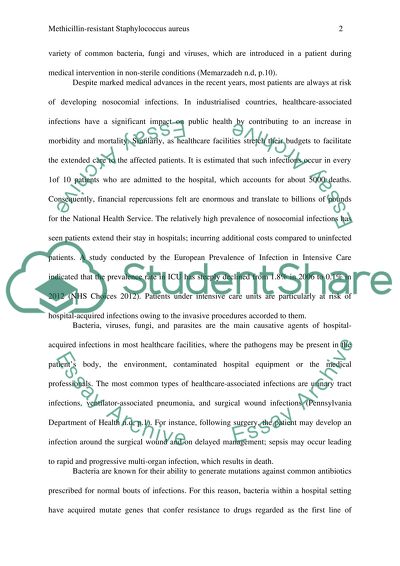Cite this document
(“Methicillin-resistant Staphylococcus aureus Essay”, n.d.)
Retrieved from https://studentshare.org/nursing/1466516-a-critical-evaluation-of-the-cleaning-and
Retrieved from https://studentshare.org/nursing/1466516-a-critical-evaluation-of-the-cleaning-and
(Methicillin-Resistant Staphylococcus Aureus Essay)
https://studentshare.org/nursing/1466516-a-critical-evaluation-of-the-cleaning-and.
https://studentshare.org/nursing/1466516-a-critical-evaluation-of-the-cleaning-and.
“Methicillin-Resistant Staphylococcus Aureus Essay”, n.d. https://studentshare.org/nursing/1466516-a-critical-evaluation-of-the-cleaning-and.


